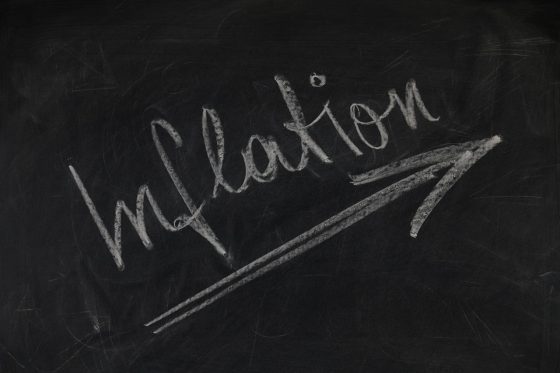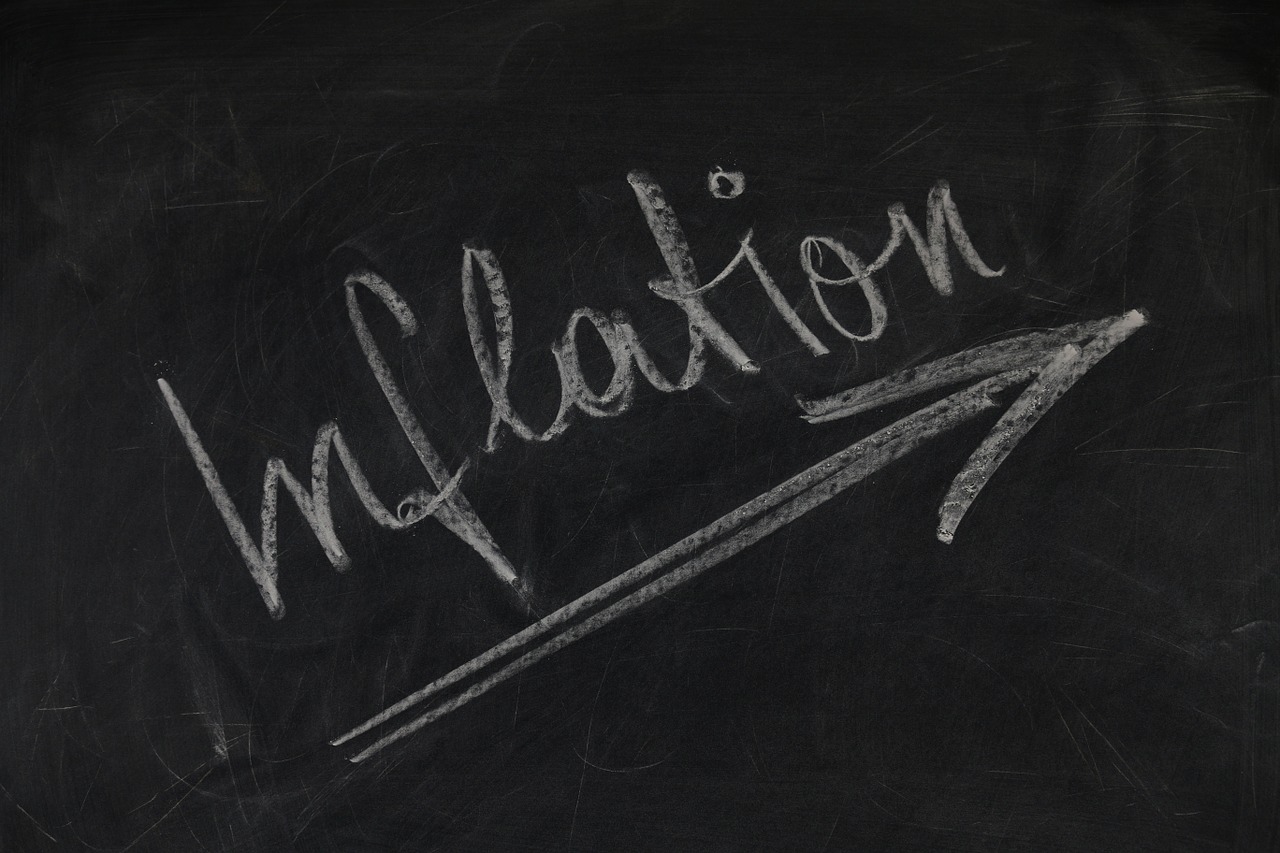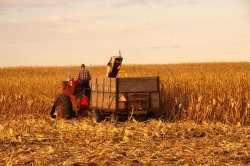 Food prices are outrageous now, but they are only going to go higher. Earlier today, I came across an NBC News article entitled “Get ready for higher grocery bills for the rest of the year”. I thought that it was strange that a piece put out by the corporate media sounded like it could have come straight from my website, because I have been sounding the alarm about higher food prices for quite some time. Surprisingly, the NBC News article was generally right on point. Thanks to a variety of factors, food prices have been rising aggressively, and that is going to continue for the foreseeable future.
Food prices are outrageous now, but they are only going to go higher. Earlier today, I came across an NBC News article entitled “Get ready for higher grocery bills for the rest of the year”. I thought that it was strange that a piece put out by the corporate media sounded like it could have come straight from my website, because I have been sounding the alarm about higher food prices for quite some time. Surprisingly, the NBC News article was generally right on point. Thanks to a variety of factors, food prices have been rising aggressively, and that is going to continue for the foreseeable future.
According to the Labor Department, consumer prices overall were up 0.6 percent from February to March…
Consumer prices shot higher in March, given a boost by a strong economic recovery and year-over-year comparisons to a time when the Covid-19 pandemic was about to throttle the U.S. economy, the Labor Department reported Tuesday.
The consumer price index rose 0.6% from the previous month but 2.6% from the same period a year ago. The year-over-year gain is the highest since August 2018 and was well above the 1.7% recorded in February.
0.6 percent may not sound like that much, but if you multiply that figure by 12 months you get an annualized rate of 7.2 percent.
Of course the government has changed the way the inflation rate is calculated dozens of times over the years, and at this point everyone knows that the official number greatly understates what is really happening in the economy.
In fact, John Williams of shadowstats.com says that if the rate of inflation was still calculated the way that it was back in 1980, it would be over 10 percent right now.
In other words, we have now reached Jimmy Carter levels of inflation.
One of the places where we are really starting to see inflation show up is in food prices. Here are just a few examples…
Before the pandemic began, the national average for a pound of bacon in January 2020 was $4.72. By last month, that price had soared to $5.11, according to exclusive supermarket point of sale data from NielsenIQ. Ground beef is up $5.26 a pound from $5.02. Bread is up $2.66 a loaf from $2.44.
So why are food prices increasing like this?
Yahoo News recently posted an article that listed four explanations…
1. Plummeting food production
2. Transportation tumult
3. More eating at home
4. Wild weather
Moving forward, the pandemic will continue to suppress global food production, commodity prices will likely keep climbing, and increasingly wild weather patterns will certainly cause even more damage to crops.
All of these factors are making it more expensive for food companies to operate, and as NBC News has noted, food companies are starting to pass along those costs to consumers…
Issues like higher gas prices, increasing transport costs that get passed on to consumers, especially for items like bread, are only going up as driving increases faster than oil production. So grocery prices are likely to remain on the higher end of estimates for at least the rest of the year, Olvera said. Producers may eventually increase their output in order to capture the heightened demand, but that won’t happen until toward the end of this year, Olvera said.
Of course it isn’t just the United States that is wrestling with these problems.
Food prices are actually rising far more rapidly in much of the rest of the world, and we recently learned that global food prices spiked for a tenth month in a row during March…
Global food commodity prices rose in March, marking their tenth consecutive monthly increase, with quotations for vegetable oils and dairy products leading the rise, the Food and Agriculture Organization of the United Nations (FAO) reported today.
The FAO Food Price Index, which tracks monthly changes in the international prices of commonly-traded food commodities, averaged 118.5 points in March, 2.1 percent higher than in February and reaching its highest level since June 2014.
Those at the very bottom of the economic food chain are being hurt the most by rising food prices.
We have already started to see food riots in some areas, and one relief organization is warning that millions of people in East Africa are now on the verge of starvation…
Over 7 million people across six East African countries are at the cusp of starvation as communities have faced existential threats from violence, flooding, the pandemic and locust infestation, the evangelical humanitarian organization World Vision has warned.
Needless to say, all of these developments are perfectly consistent with the warnings that I issued in Lost Prophecies Of The Future Of America.
Even during the best of years, we really struggle to feed the entire planet, and 2021 is definitely not going to be a great year for global food production.
The good news is that there is still plenty of food in our supermarkets right now, and that means that we have a window of opportunity.
I know that food prices may seem ridiculous, but they aren’t ever going to be any lower than they are right now.
I would encourage you to use this window of opportunity to stock up at these relatively low prices, because the price increases are only going to become even more painful as our leaders continue to flood the system with more cash.
***Michael’s new book entitled “Lost Prophecies Of The Future Of America” is now available in paperback and for the Kindle on Amazon.***
About the Author: My name is Michael Snyder and my brand new book entitled “Lost Prophecies Of The Future Of America” is now available on Amazon.com. In addition to my new book, I have written four others that are available on Amazon.com including The Beginning Of The End, Get Prepared Now, and Living A Life That Really Matters. (#CommissionsEarned) By purchasing the books you help to support the work that my wife and I are doing, and by giving it to others you help to multiply the impact that we are having on people all over the globe. I have published thousands of articles on The Economic Collapse Blog, End Of The American Dream and The Most Important News, and the articles that I publish on those sites are republished on dozens of other prominent websites all over the globe. I always freely and happily allow others to republish my articles on their own websites, but I also ask that they include this “About the Author” section with each article. The material contained in this article is for general information purposes only, and readers should consult licensed professionals before making any legal, business, financial or health decisions. I encourage you to follow me on social media on Facebook, Twitter and Parler, and any way that you can share these articles with others is a great help. During these very challenging times, people will need hope more than ever before, and it is our goal to share the gospel of Jesus Christ with as many people as we possibly can.



